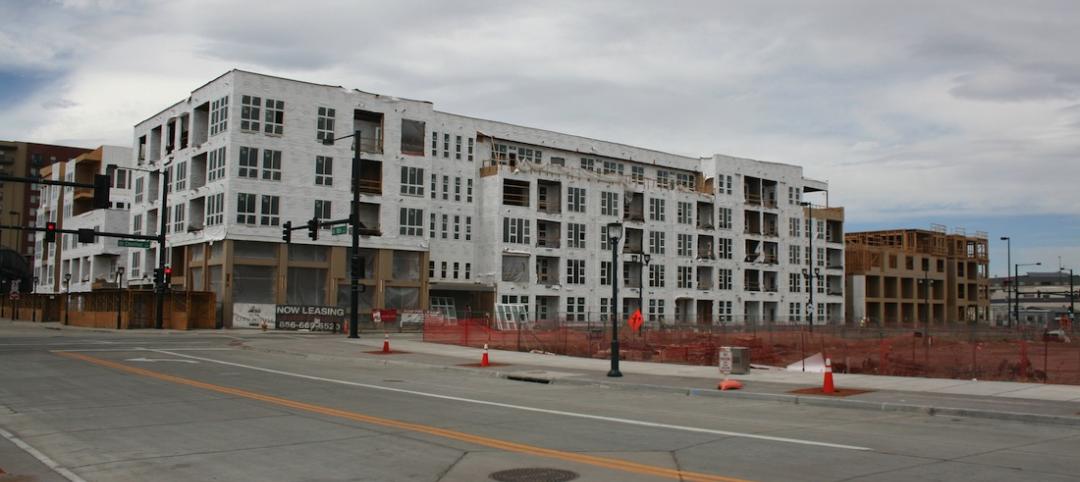An analysis by real-estate listing website Trulia in the 20 highest-priced U.S. housing markets from 1996 to 2006 found that residential property values near low-income housing were not significantly impacted.
The study looked at more than 3,000 low-income housing projects and their surrounding neighborhoods. Home values within 2,000 feet of low-income housing projects were largely the same as homes between 2,000 and 4,000 feet from these projects.
Some of the least affordable markets have experienced resistance to building affordable housing, with some opponents claiming these projects depreciate nearby home values. Opposition to affordable housing development has surfaced in tight housing markets across the country such as San Francisco, New York, and Seattle.
San Jose, Calif., was the most aggressive in adding low-income housing units (7.81 per 1,000 people) during the decade, Trulia says. By contrast, Oakland, (0.52 per 1,000 residents) added the fewest units per capita.
Of the 20 markets examined, Denver was the only metro area where homes located near low-income housing projects experienced an increase in price per square foot after a project was completed. In Boston and Cambridge, Mass., however, low-income housing projects had a negative effect on the value of nearby homes, suggesting a region-specific market effect. Affordable housing projects in most of the other areas had no significant impact on home values.
Related Stories
Codes and Standards | Jan 25, 2016
Dept. of Energy releases decision guides for plug and process loads
Plug and process loads consume about 30% of the primary energy in U.S. commercial buildings today.
Codes and Standards | Jan 22, 2016
ConsensusDocs releases new multi-party IPD agreement and joining agreement
The documents serve as a comprehensive revision of previous IPD agreement
Codes and Standards | Jan 22, 2016
State Savings Calculator analyzes savings associated with energy codes
The calculator breaks down the cost-effectiveness of energy codes on a state-by-state basis.
Codes and Standards | Jan 22, 2016
Metal Roofing Seaming Guide published by Metal Construction Association
The free document is specifically tailored for metal roof installation.
Codes and Standards | Jan 22, 2016
Treasury Dept. will start crackdown on illicit money in luxury real estate
The move is expected to impact high-end condo development.
Resiliency | Jan 13, 2016
LEED credits on resiliency expected to influence future of building design
Post-disaster survivability is a key goal.
Codes and Standards | Jan 12, 2016
Batteries are the next step in raising sustainability standards
Battery technology will reduce electricity costs and promote a more stable, flexible grid.
Codes and Standards | Jan 4, 2016
Denver broadens its use of design reviews as construction booms
Support strong, but some wary of giving more say to review boards.
Codes and Standards | Dec 23, 2015
International Code Council approves updates based on NIST study of Joplin, Mo. tornado
Applies to schools and other high occupancy buildings.
Codes and Standards | Dec 21, 2015
Changing building codes to protect against mass shootings at odds with other safety measures
Fire and other emergencies require getting people out quickly, not locking down sections.

















